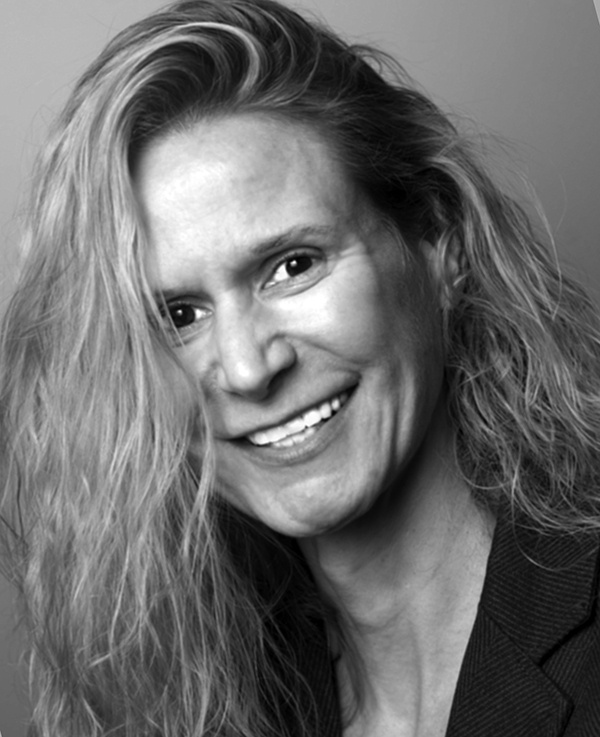On Standards
The Influence of FM
Among the many challenges for the next generation of FMs has long been predicted to be inundated with new data, technology and workplace innovations. However, today’s FMs face an unprecedented test of agility and adaptability while responding to the changing work environment and occupant expectations.
In the rapidly evolving new norm for how people interact and work within the built environment, the FM holds tremendous ability to influence how people intersect place. In the midst of daily new discoveries for managing a pandemic, FMs are doing far more than managing – they are leading.
Understanding how FM can and do influence occupant and organizational behaviors is the topic of the next standard to be delivered by the ISO technical committee for FM (ISO/TC 267) “Influencing Organizational Behaviors for Improved Facility Outcomes.” This guidance document will provide insight on how FM can significantly influence operational efficiencies and performance in alignment with the organizational mission. This concept can be applied to the COVID-19 pandemic that is imprinting new social norms on the workplace and the expected behaviors of the occupants.
ISO 41001 Facility management – Management systems – Requirements with Guidance for use and the accompanying suite of FM documents provides a baseline for implementing a management system standard. This means that the facility manager will know how the FM organization fits within the context of the demand organization, and they will already have alignment with the mission and objectives of the broader organization. These foundational elements will serve FM well as they are catapulted into facility leadership roles in the new workplace norm.
Influence behaviors
The need to influence occupant behaviors has never been greater. The changing workplace, the adaptive transportation industry, the overwhelmed healthcare system and vacant entertainment venues have mandated changes to the intersections of people and place. FM are at the frontline for setting a new course, facilitating change and aligning people and place to the organizational objectives.
Set the course
Managing facilities through the current accelerating rates of change – from technology and innovation to global pandemics – is the daily life of today’s FM. Leaders must have a vision of the future and understand how to move the FM organization in that direction. Creating a clear path involves understanding the context of the organization, the corporate culture, and the complexities of interested parties. Paving the path for the future is not for the faint of heart, but with guidance from this new standard, the FM has access to a framework for decision-making, a plan for mitigating the risk required to advance the organization, and a plan to get there.
Facilitate change
Whether it is reshaping the workplace or responding to local market shifts – facility leaders are catalysts for change. A management system standard provides a systematic approach for navigating change. With this foundation in place, facility leaders can clarify purpose, intent, and the change needed to achieve both in an evolving environment. Communicating new expectations and motivating people to change is paramount to invoking new behaviors and inducing adaptive and rapid change.
Leaders align to organizational objectives
Responding to change and adapting to new market drivers requires facility managers to be fully aligned with the demand organization’s mission and objectives and have the ability to facilitate change through the existing corporate culture. Not only do leaders need to align with organizational objectives, but they also need to be able to align building occupants and end users to those objectives. This requires understanding the complexities of the stakeholder minefield and leveraging that understanding to foster occupant engagement.
The employee experience is equally as important as the customer experience
The changing environment exposed by the post-pandemic outbreak has spotlighted the need to protect all building end users. This means prioritizing the employee experience just as much as the customer experience. If employees don’t feel a critical sense of engagement within a protected environment, they can’t deliver the organizational objectives. Organizational objectives drive work processes. Work processes drive facility decisions. The facility leader facilitates work process change and supportive facility decisions that improve both the employee experience as well as the customer experience.
The 41000 suite of FM standards can support the leadership roles of facility managers through periods of uncertainty and change. They provide a systematic framework for implementing, evaluating and improving the facility management organization and consequently the demand organization. The intersection of people and place is the heart of most organizations, underpinning productivity, collaboration, and the workplace experience. FMs influence both people and places. They influence work processes and occupant behaviors. FMs already have the broad skillset to set a new course, facilitate change, and improve the user experience for all occupants. With a management system in place, change can be implemented much quicker and much more far-reaching to respond to the speed and depth of ongoing workplace changes.

Casey Martin has more than 20 years of building industry experience and is currently engaged in the asset management strategies practice at Jacobs Engineering. In this role, she consults with private and U.S. federal institutions, providing full life cycle perspectives throughout project development stages. Her approach considers important long-term views such as total cost of ownership, reliability-centered maintenance practices, operation strategies, and processes and policies to align asset management with business and mission objectives.
Read more on Standards and Occupancy & Human Factors
Explore All FMJ Topics






